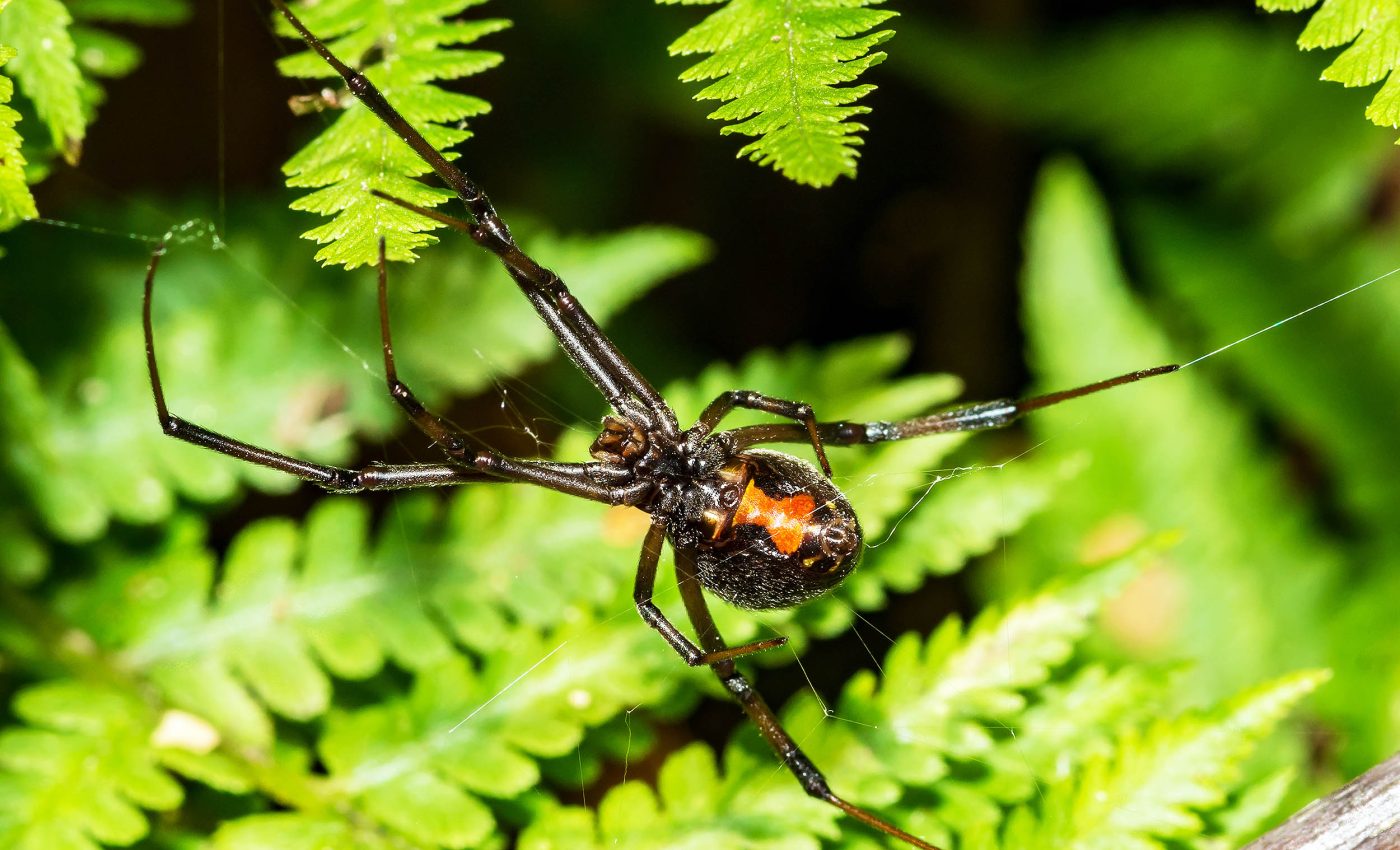
Biologists learn why some spiders have deadlier venom than others
Many folks wonder why some spiders deliver mild bites, while others inflict serious harm. This puzzling contrast has caught the attention of scientists who are keen to decode the hidden complexities behind spider venom.
Recent findings reveal how certain species pack a stronger punch than previously suspected. These insights spark curiosity about whether a spider’s prey preferences shape its venom’s strength.
A new study led by Dr. Keith Lyons at the University of Galway’s School of Natural Sciences examined over 70 spiders to identify patterns in toxicity.
The team concluded that a spider’s usual prey can heavily influence its venom’s intensity.
Prey type alters spider venom
Scientists have long suspected that neurotoxins might be tailored to subdue specific prey. Some data show that spiders feeding on insects alone tend to develop toxins that target bug physiology.
Black widows are known for packing venom reported to be about fifteen times stronger than a rattlesnake’s.
Such potency makes them a subject of constant study and often overshadows less dangerous species.
Predators adapt to the meals they encounter most. Spiders are no different, and their biological arsenal can shift over time based on typical feeding patterns.
Arachnologist is the term for a scientist who studies spiders, and many have observed that mammal-hunting species sometimes pose greater risk to humans. According to the team, a venom aimed at rodents might inadvertently affect people.
Some spiders evolved unique venom
“Our results show that spider venoms have evolved to be especially potent when tested on animals found in their diet in the wild,” said Dr. Lyons.
“This may explain why species that are known to occasionally prey upon small mammals, such as the Brazilian wandering spider or Black widow, have venoms that can cause medically significant effects in us humans.”
Conversely, species that only prey on invertebrates, such as the Giant house spider, have evolved venoms that target invertebrate physiologies rather than our own, posing little threat to humans.
“We thought spiders that use webs might not need strong venom since they depend more on their webs to trap prey,” explained Dr. Kevin Healy, Senior author and Head of the Macroecology lab.
“But to our surprise, there was no link between web use and venom strength, which means webs probably help hold prey in place no matter how powerful the venom is.”
Human uses for spider venom
Dr. Healy explained that the findings offer insight into how spider venom evolves, which could clarify why certain species like the Noble False widow become invasive and how some venoms might be useful for creating targeted insecticides or new medicines.
Neurotoxins within these spiders could be harnessed for medicines that target specific sites in the human body. Researchers see promise in compounds that kill pests but spare beneficial insects.
Some experts believe that a better grasp of how spiders evolve their venoms can advance agriculture and health. Each unique toxin might become a building block for safer pest control.
“By understanding the fundamental drivers of venom evolution we can better predict the types of biomolecules in spider venoms that have yet to be explored for drug discovery and why some species of spiders are more likely to become invasive species,” said Dr. Michel Dugon, Head of the Venom Systems Lab.
Linking venom strength to spider diet
Encounters with venomous spiders do happen in some places. Bites from a few species can bring serious trouble, though fatalities are quite rare.
Individuals working in damp cellars or sheds often share space with species like the brown recluse. That spider can cause necrotic wounds, though these cases remain uncommon.
Clarifying how feeding habits shape venom potency may explain the differences between notorious spiders and their calmer cousins.
The research also raises new possibilities for designing pest-control agents that leave pollinators unharmed.
These findings highlight the flexible nature of spider toxins as they respond to different dietary needs. A shift in prey could gradually tune venom toward fresh targets.
Protecting both people and bugs
Spider venom research stands at a turning point where ecological insights blend with biochemical exploration.
Many labs see this field as an opportunity to gather new knowledge that may save lives and protect ecosystems.
Scientists are excited about exploring toxins that target only pest organisms, leaving beneficial creatures unaffected. This approach aligns with increasing demand for safer methods to manage insects.
Better understanding of spider diets might guide the discovery of specialized proteins with therapeutic value. Focusing on diet-venom connections could guide us toward treatments for painful conditions.
Further research is poised to reveal whether new spider species hold potent toxins we have not yet tapped. Observers remain watchful for any next steps that might spark medical innovations.
The study is published in Biology Letters.
—–
Like what you read? Subscribe to our newsletter for engaging articles, exclusive content, and the latest updates.
Check us out on EarthSnap, a free app brought to you by Eric Ralls and Earth.com.
—–













